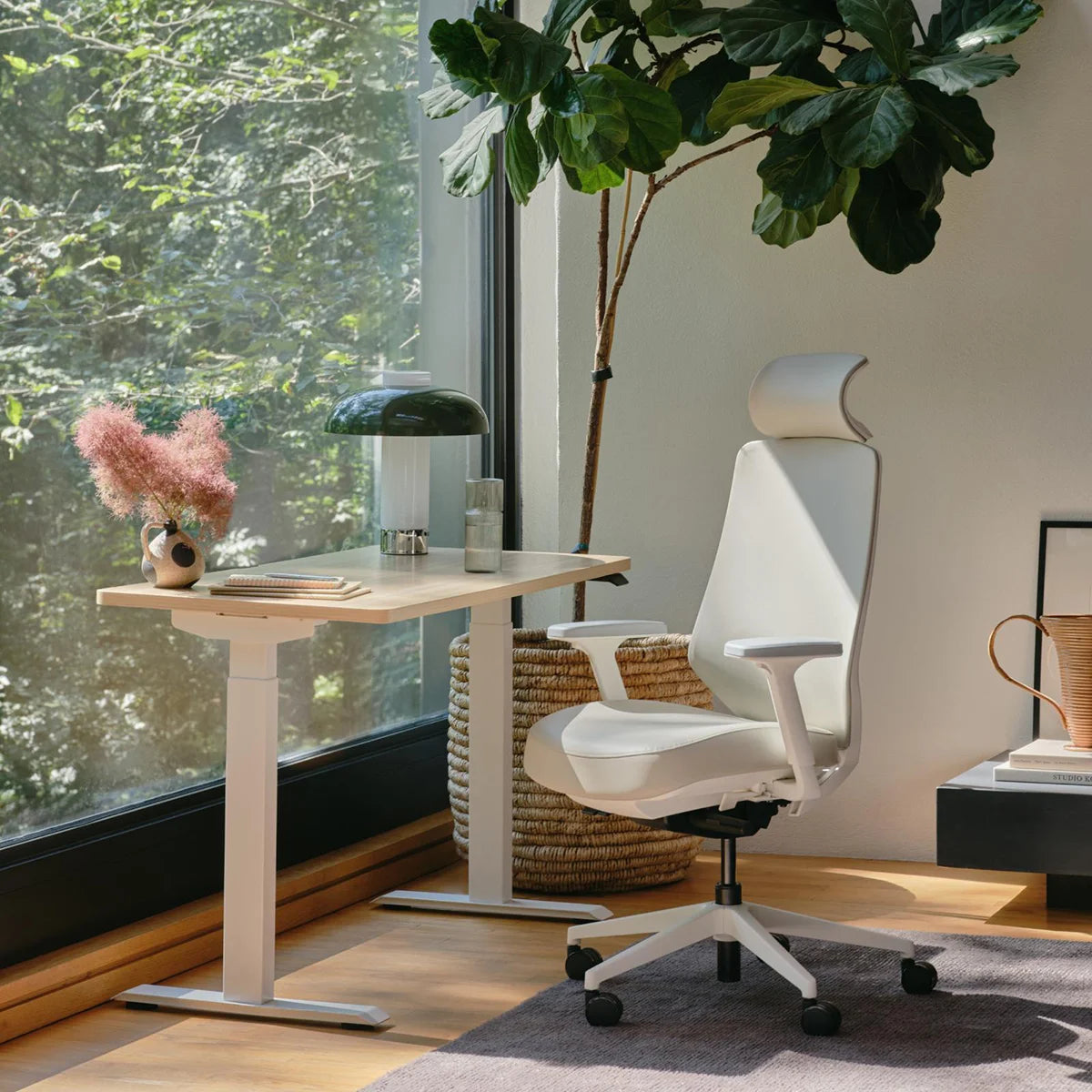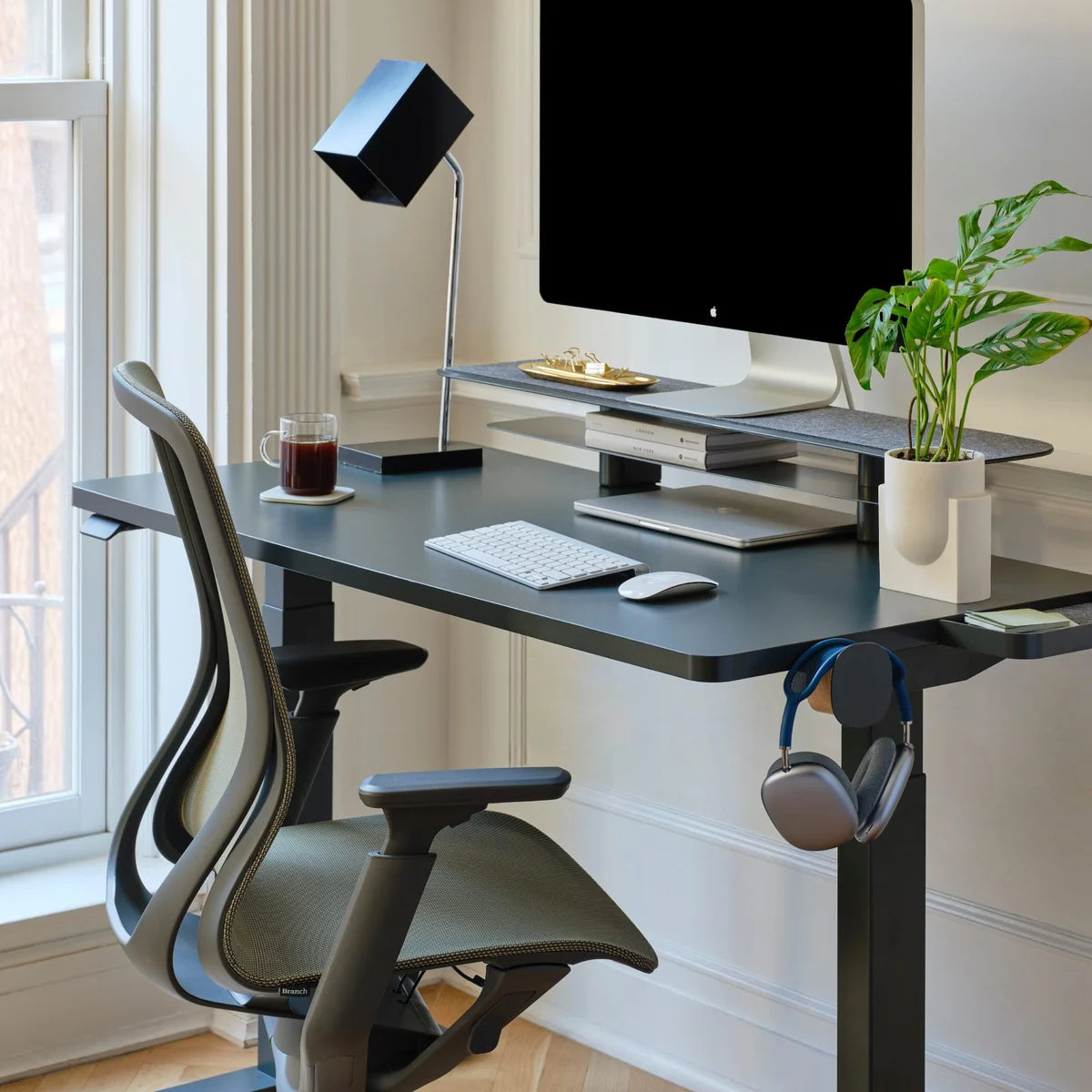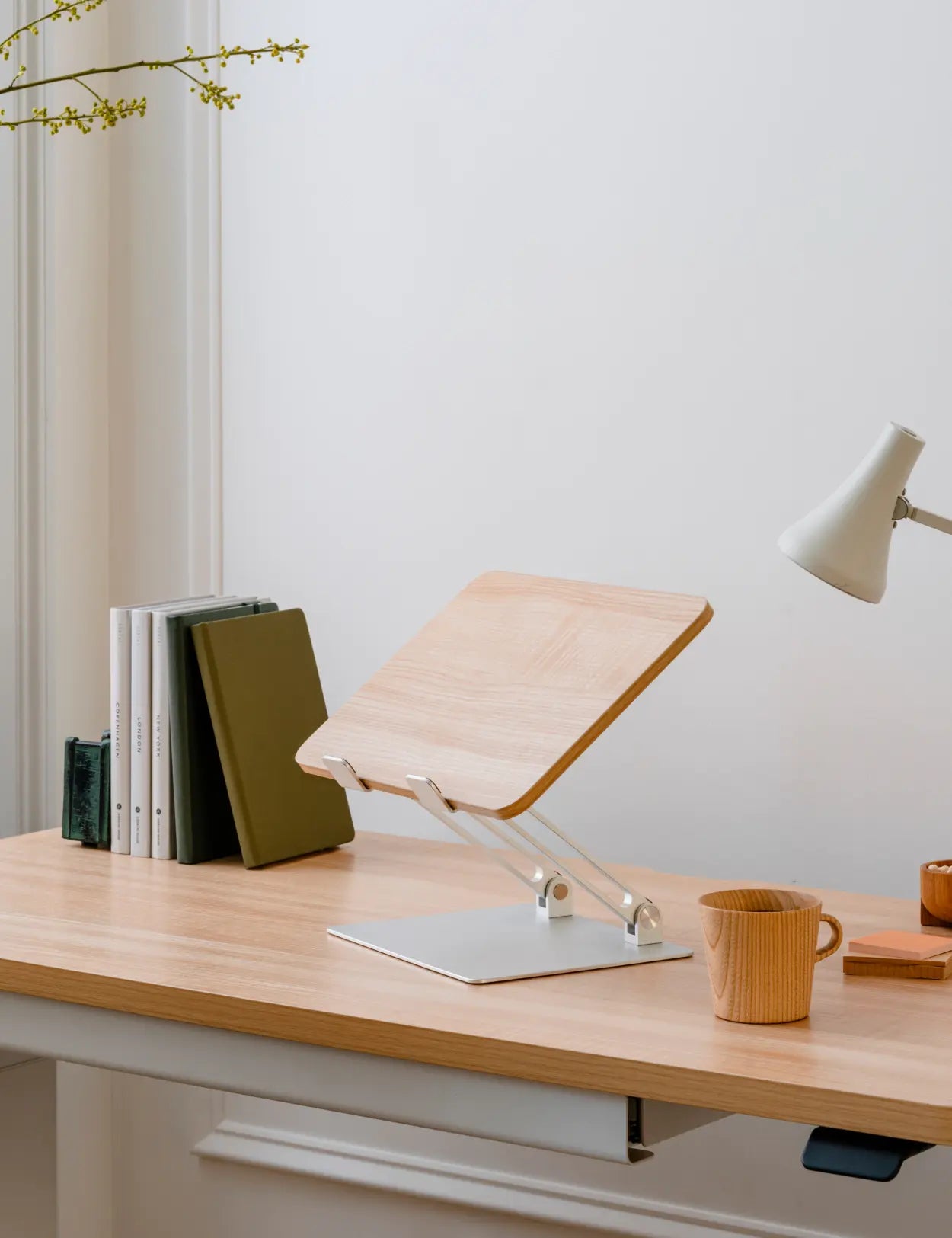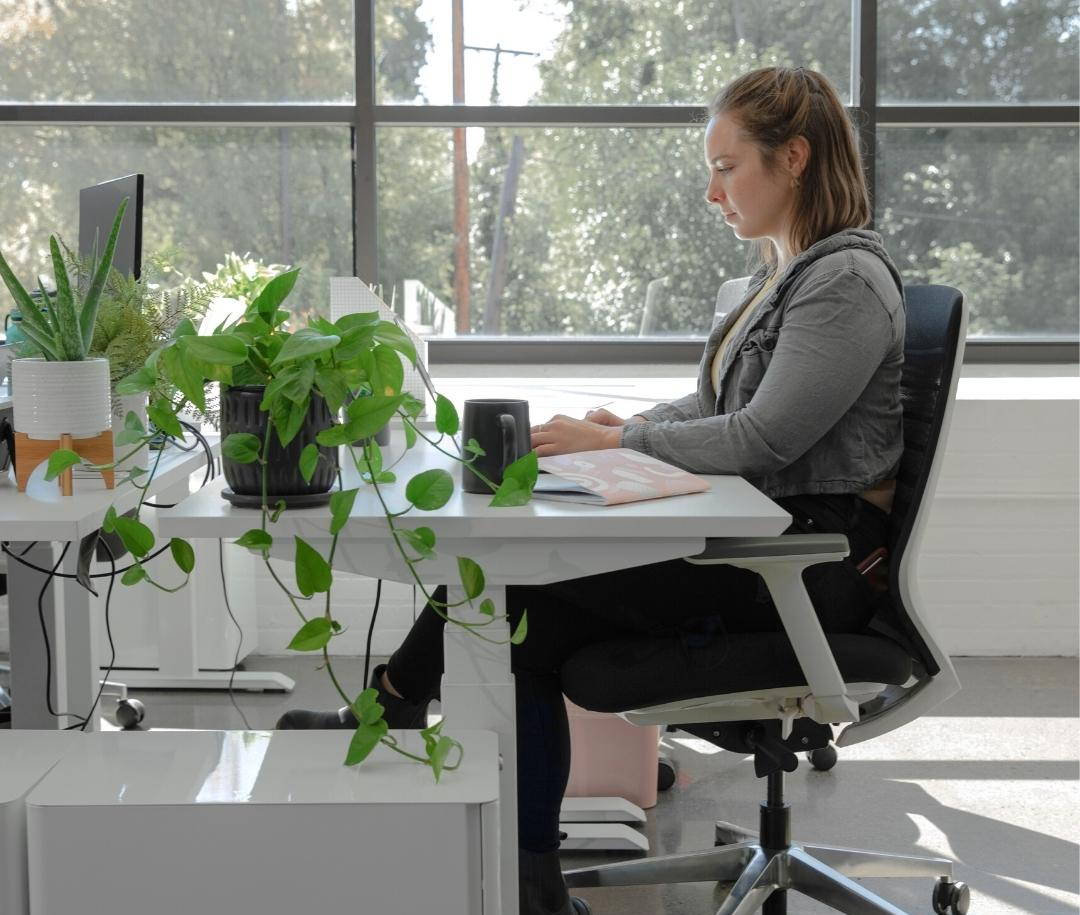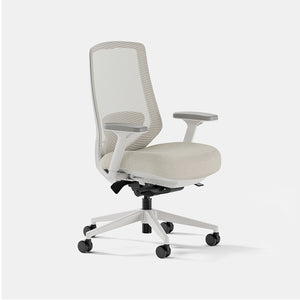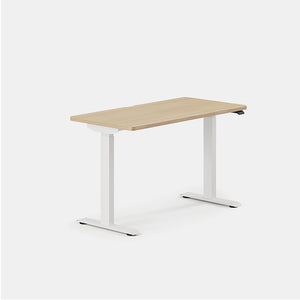Learn how to achieve the right back support for your office chair to stay comfortable throughout the day and minimize aches and pains.
Why Ergonomics Matter
- Adjustable armrests: Armrests should adjust to keep your arms level with the keyboard and your elbows at a 90-degree angle. But they should also move down or away when needed
- Adjustable seat height: The seat should adjust so that your feet are on the ground and your thighs are level with or slightly below parallel with the floor. You may also want a 360-degree swivel chair on casters for more effortless movement.
- Comfortable, well-fitting backrest: The backrest should be a sufficient size and shape to encourage a natural curve in your spine. It should also move and recline with you.
- Comfortable, well-fitting seat pan: The seat pan should be well-contoured for even weight distribution and not be too large for your legs. The seat depth should allow the seat to end about 0.5 inches from the back of your knees and avoid placing excess pressure on your coccyx.
Levels of Support
Light
Medium
Firm
Picking the Right Level of Support
3 Ways to Add Better Back Support for Office Chairs
1. Lumbar Support Pillow
2. Seat Cushion
3. Footrest
Quality Matters
Other Ways to Reduce Back Pain
- Keep moving: Staying active throughout your workday is one of the most profound changes you can make. Try walking around and stretching for a few minutes every 30 minutes. And when you can fit in a longer walk between 30-minute periods, do it.
- Check your posture: Set up a mirror beside your desk so you can check your posture and make sure you're not slouching. Even the best memory foam lumbar support can't help if you're not actively monitoring your posture.
- Do office chair stretches: Besides walking around, incorporate some office chair stretches into your days, especially if your back muscles feel stiff. With a set of five easy office chair stretches, you’ll have a full stretching routine to do every day or any time you feel stiff.
What's the Best Office Chair for Back Pain?
The Branch Ergonomic Chair
You Deserve the Best Ergonomic Office Chair for Back Pain
On new furniture, exclusive sales and more.





